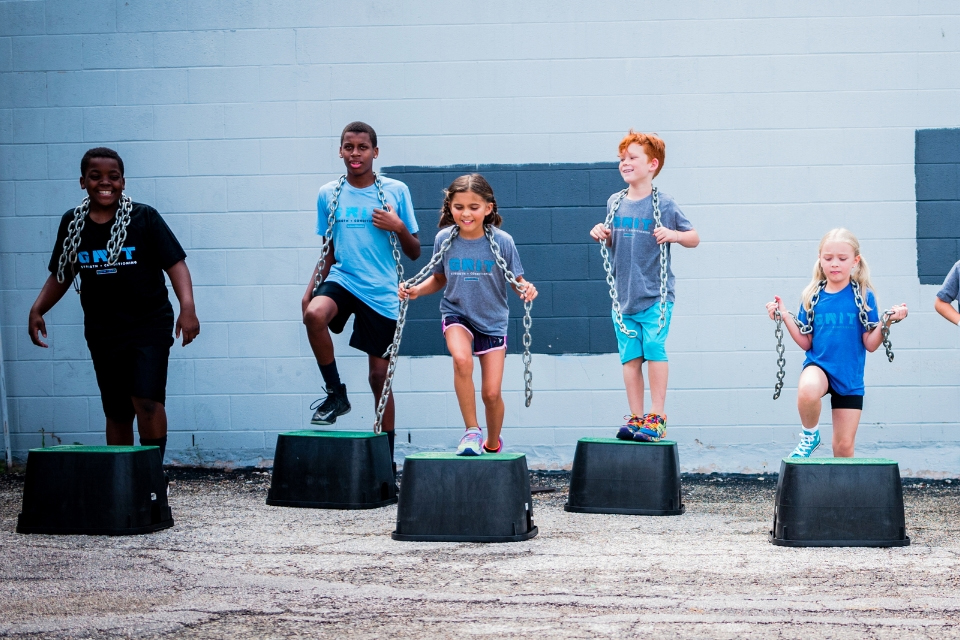How to Get Your Kids Excited to Exercise

Clean your room. Eat your broccoli. To a child, the command “get some exercise” sounds a lot like another chore to complete.
Kids instinctively love to get moving and test the limits of their physical abilities. The problem is, if you establish the dynamic that exercise is another item on their to-do list for the day, they’ll grow to resent activity and balk at the suggestion. Here’s how you can make fitness fun for children of all ages.
1. Put It on the Schedule
If you consider getting regular exercise a priority, you have to treat it like one. Adding workouts to your weekly planner shows children that fitness isn’t an extracurricular activity but rather part of the daily routine. When you teach your kids how to set up their schedules, have them pencil in playtime.
Please note that you should use age-appropriate and fun language to make this a slot your children look forward to filling. For the tiniest tykes, the word “play” works well. If you have teenagers, you could suggest labeling this “active recreation.” You can always go with “recess” — but be sure to emphasize that they aren’t to use this time to stay seated.
2. Keep It Simple
Some parents race to sign their children up for a different activity nearly every evening of the week. However, this practice reinforces the idea that exercise is yet another chore your child must perform daily. Instead, give them some options as to how they would like to get moving that doesn’t require much effort.
For example, skipping rope during a sitcom can burn up to 200 calories in 30 minutes and benefit cardiovascular health substantially. Plus, this activity doesn’t require introverted kiddos to risk feeling embarrassed on the playing field.
3. Set a Positive Example
When it comes to exercise, how do you treat it and talk about it? Do you whine, “I guess I should go to barre class” and reluctantly don your leggings, or are you the sort who can’t wait to go for a run after a stressful day? Let your enthusiasm shine.
You can also introduce your children to your group fitness activities as a reward for a job well done. For example, you can take them to Zumba class with you if they work hard to score well on a test. Such actions reinforce the idea that movement is pleasurable, and many of those in the 8-going-on-18 bunch relish the chance to participate in “adult” activities.
4. Encourage Sports Responsibly
If Suzy loves soccer, encourage her passion. It doesn’t matter if she ever becomes the next Mia Hamm as long as she delights in moving her body. Instead of playing backup coach from the stands, become her cheerleader instead. This behavior helps ensure she won’t lose her love of the sport due to too much pressure.
That doesn’t mean you can’t praise or reward effort, however. Try to do so in a way that teaches the lesson that effort leads to results instead of commenting on latent abilities. For example, “all those late nights you spent at batting practice paid off” sends the message that anyone can grow their skill at sports through perseverance. “You’re the next Babe Ruth” sounds encouraging, but it places too much emphasis on inherent gifts. With such an approach, your child could grow discouraged from a crushing loss instead of trying harder.
5. Do Activities as a Family
If your post-dinner routine consists of collapsing on the couch to veg in front of the television, you send your kids the wrong message. If you want them to embrace lifelong fitness, why not take a 10-minute walk around the block instead? Such activities not only help you bond as a family, but they also teach the lesson that exercise doesn’t need to be strenuous or time-consuming to be effective.
6. Break Out the Games
You don’t want your kids in front of the game console for hours on end, but you can use their favorite gaming device as a fitness tool. Go online and search for games that make you sweat and invest in a few your child finds intriguing. Your little ones can get their groove on with games like “Just Dance” or pretend they’re duking it out with Tyson in “Knockout League.”
7. There’s an App for That
You don’t have to join a gym to get your family interested in fitness. You can find a ton of apps you can use across multiple device platforms to get the entire gang moving. Many of these offer a variety of programs so everyone can find something they love. For example, your oldest teens may live for HIIT classes while you get on your yoga groove.
Get Your Kids Psyched up to Move Their Bodies
Telling kids they need to exercise breeds noncompliance unless you make activity fun. Instill the value of lifelong fitness with a few tips to engage bodies of all ages.






